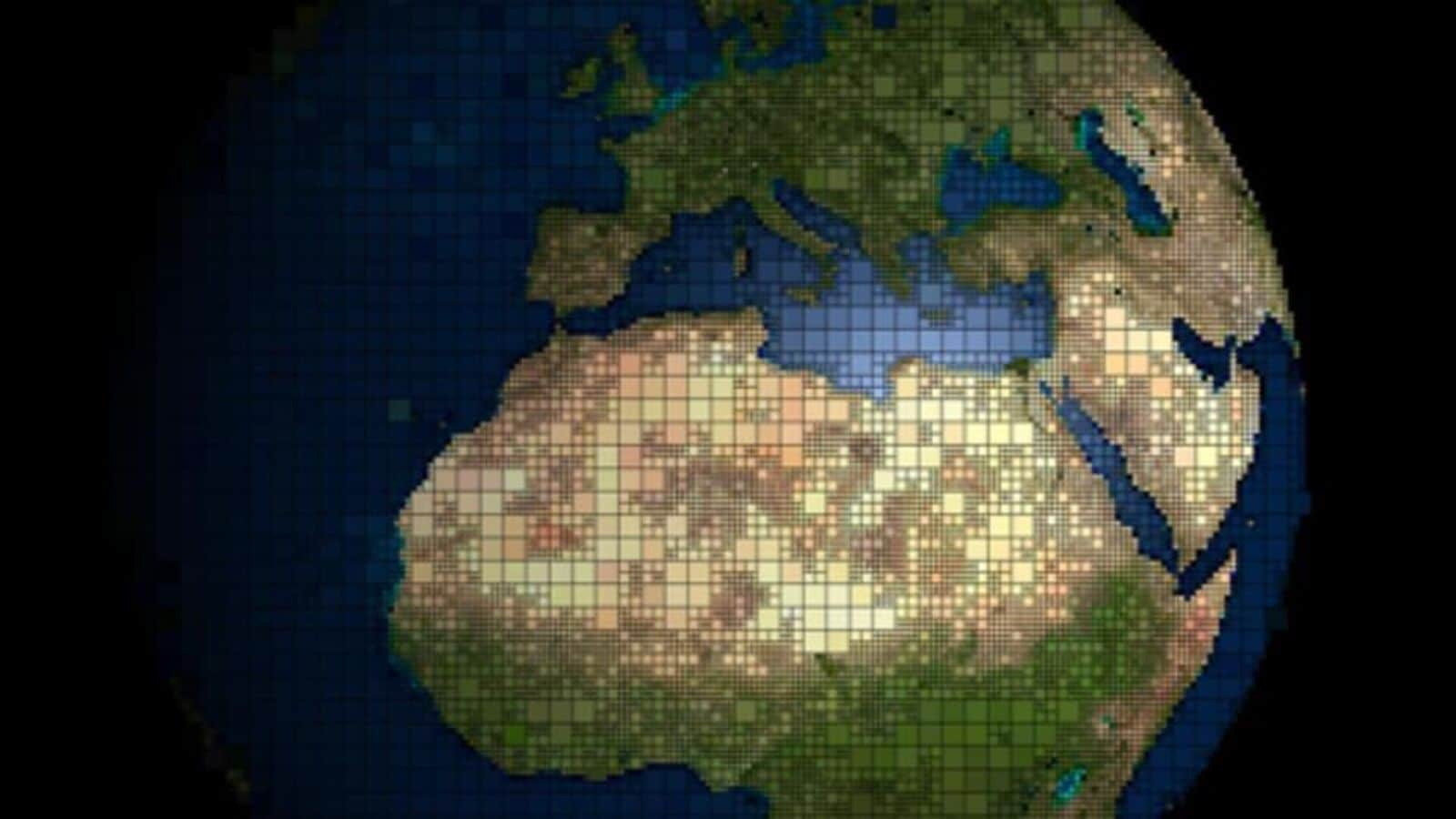The region of about 350,000 people — located on the left bank of Dniester river and adjacent to Ukraine — saw its gas flows halted Jan. 1, when a transit agreement between Moscow and Kyiv expired. Discussions between Russia’s Gazprom PJSC and Moldova to secure supplies on alternate routes have been hampered by a dispute over alleged debt.
In the past two years, Transnistria received all of the gas Moldova imported from Gazprom — about 2 billion cubic meters of gas annually. The region used the fuel for its own consumption and to generate electricity that it also supplied to the rest of the country.
READ: Moldova Region’s Industry Grinds to Halt on Lack of Russian Gas
“There is no point in talking to Gazprom, because this is the decision of the Kremlin to induce a humanitarian crisis on the left bank,” Recean said, when asked if there are any talks between the Moldovan government in Chisinau and the Russian producer about resuming gas flows to Transnistria.
While Moldova can’t currently deliver any gas or electricity to Transnistria, it is offering some social, medical and educational services to the region’s residents if they cross the river, according to the premier. “We see an increased uptake” of those services, Recean said.
Moldovans living on the right bank have no problems with gas supplies as the government has diversified its sources. The territory’s electricity supply still remains vulnerable amid a lack of power generation in Transnistria. In the first days of January, energy needs of Moldova, excluding the breakaway region, were equally covered by domestic sources and imports from Romania.
“We have to adapt here for higher energy prices, in particular higher electricity prices,” Recean said. Earlier this year the National Agency for Energy Regulation increased tariffs for electricity and heating.
More stories like this are available on bloomberg.com
energy crisis, Moldova, Transnistria, Gazprom, water supply
#Moldova #Regions #Energy #Crisis #Worsens #Water #Supply #Disrupted
